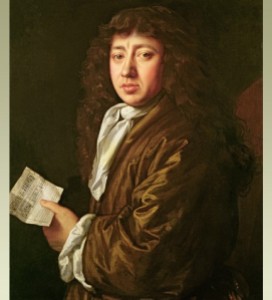 This blog post comes after a Twitter conversation with the awesome writer and publisher Theo Paijmans. One of the biggest motivations behind the history title I’m writing at the moment is to look at the people and legal developments behind the witch trials. To us, as citizens of the 21st century, the barbarism of the witchcraft accusation – flimsy evidence, torture, intimidation, false promises of leniency and finally burning at the stake – is palpable.
This blog post comes after a Twitter conversation with the awesome writer and publisher Theo Paijmans. One of the biggest motivations behind the history title I’m writing at the moment is to look at the people and legal developments behind the witch trials. To us, as citizens of the 21st century, the barbarism of the witchcraft accusation – flimsy evidence, torture, intimidation, false promises of leniency and finally burning at the stake – is palpable.
But nothing is ever so simple. Even the way we imagine the witch trials – a single monolithic persecution spanning hundreds of years – is far from what the evidence shows to be the case. Even the term ‘witch hunter’ is a misuse. Those who brought the witches to their deaths came from a variety of backgrounds, and most were never full time persecutors of witches.
Persecutors could be anything from neighbours, to local worthies, or scholar-clerics with the whole gamut of motivations: the frightened, the desperate, the grief stricken, the corrupt and the cruel… even the well-meaning, but simply wrong. In this blog post, we’ll take a look at them. Continue reading “Were the Witch Hunters Bad People? Six Types of People Who Persecuted Witches”






